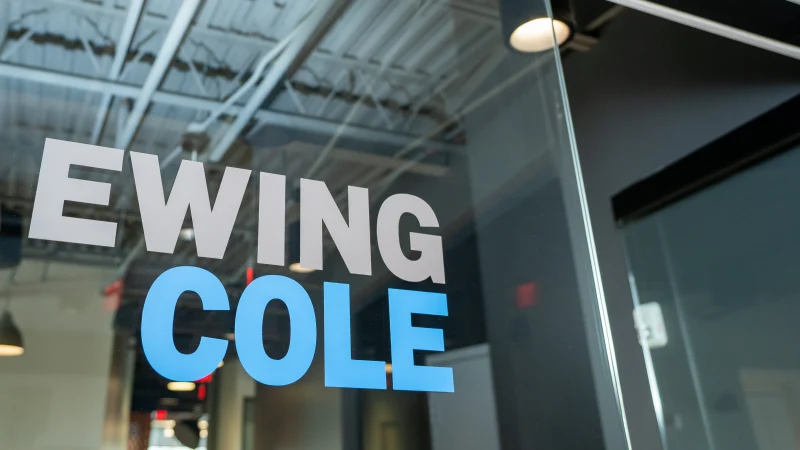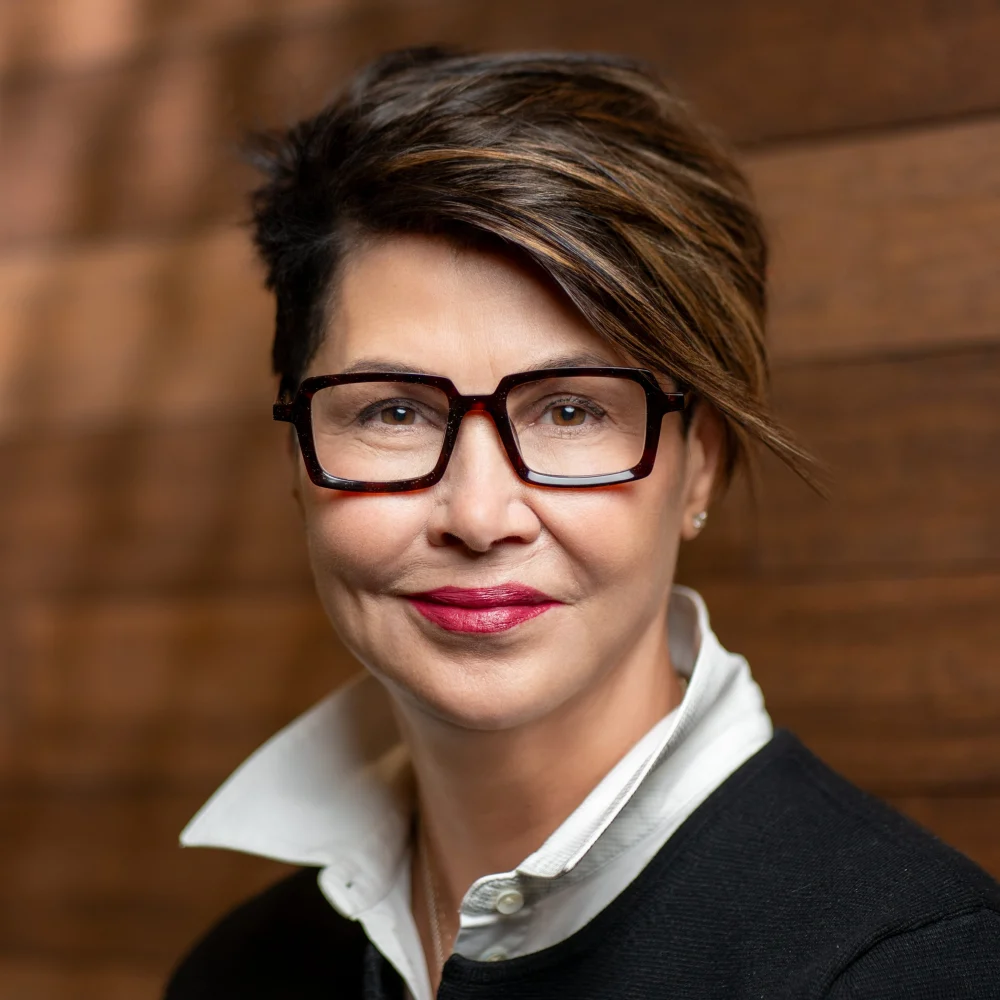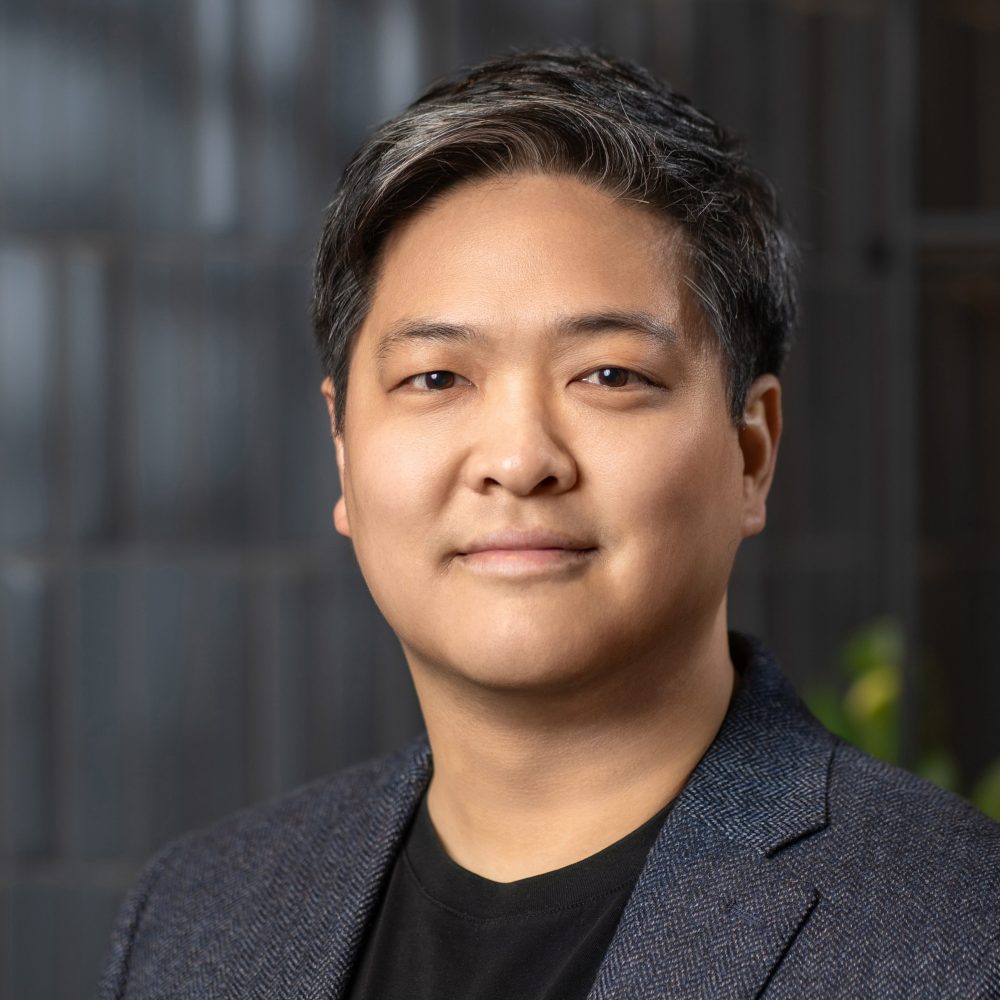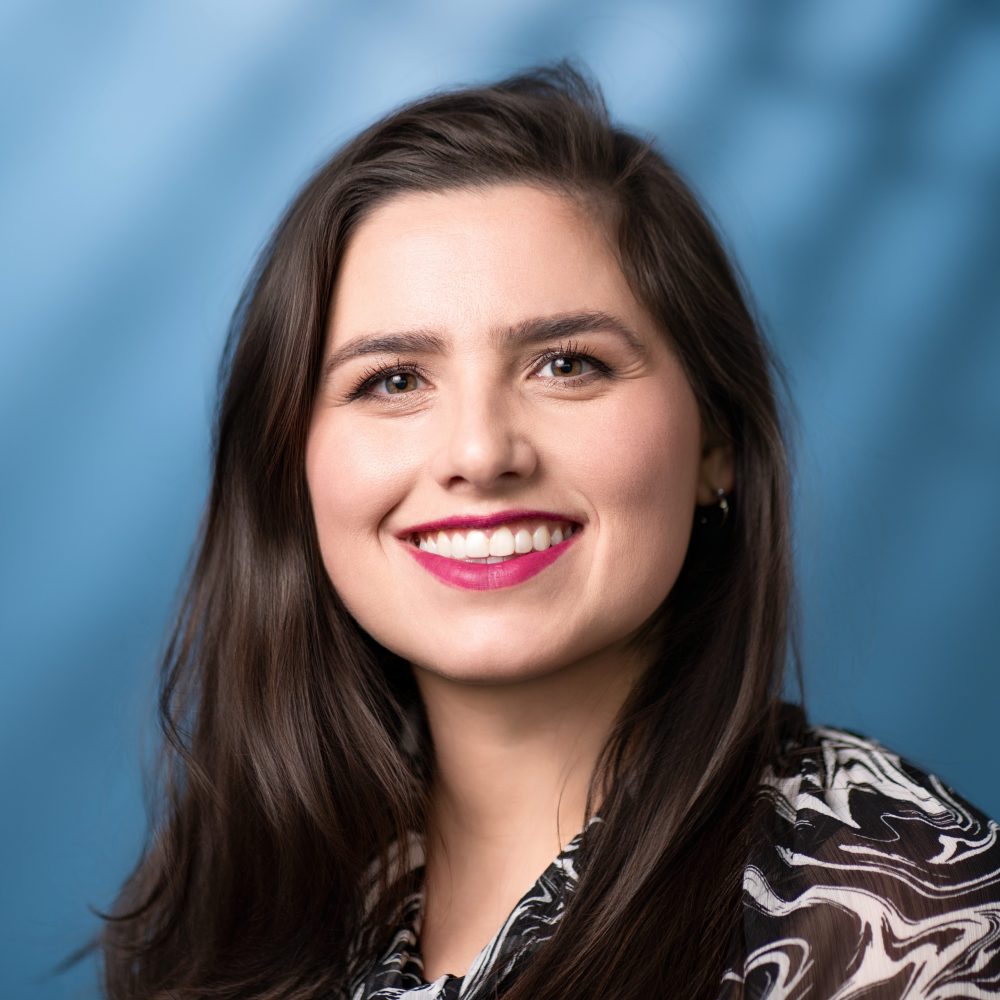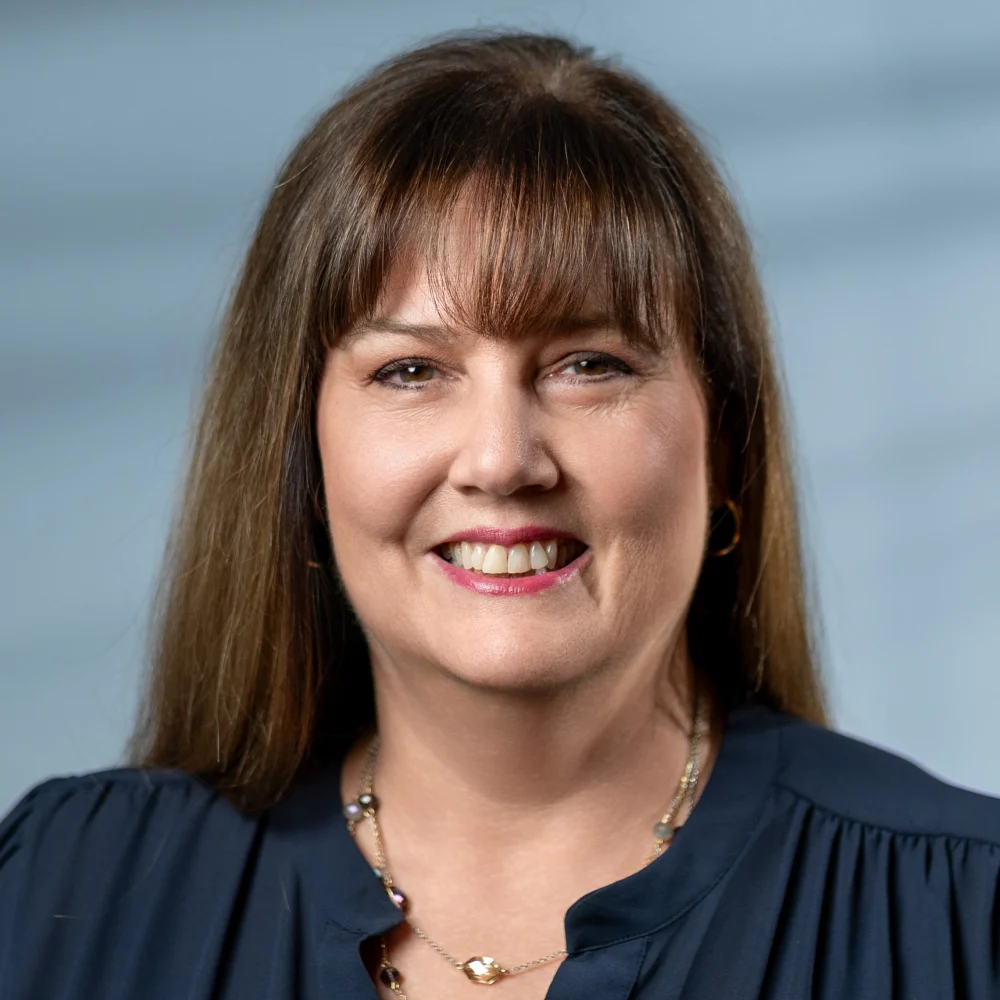Giving Control Back to the Patient
Driven by natural beauty and research-based design, Hope Plaza empowers patients to take control of their healing journey.
Hope Plaza
Duarte, CA
City of Hope, a nationally renowned comprehensive cancer center, set out to create a transformative outpatient facility on its Duarte, California campus—one that would unify services, streamline operations, and elevate the healing experience for patients, families, and staff. Recognized as a top-five cancer hospital by U.S. News & World Report, City of Hope approached the project with a holistic vision: design a space that reflects its patient-first mission, connects to the natural beauty of the San Gabriel Mountains, and supports the next generation of outpatient cancer care.
To achieve this ambitious goal, the institution assembled a collaborative design team, with CO Architects leading the exterior architecture and EwingCole serving as the interior architect and medical planner. Together, the firms designed a building that not only functions as the new front door to the campus but also sets a new benchmark in patient-centered design.
Designing from the Inside Out
EwingCole’s role as interior architect centered on creating a welcoming, calming, and intuitive interior experience tailored to patients undergoing complex and often emotional cancer treatments. The interior design draws inspiration from the natural environment, including boulder fields and desert tones, as well as seasonal light patterns, to establish a consistent material language that feels timeless and grounded.
A modular planning strategy shapes the facility’s clinical zones, providing a framework that supports operational flexibility and accommodates evolving care delivery models.
Infusion bays line the upper floors, offering expansive views of the mountains and allowing natural light to support circadian rhythms during extended treatments.
On lower floors, shared staff workspaces are positioned along the perimeter to ensure caregivers also benefit from daylight, which research shows improves focus and well-being.
Intuitive Journeys and Emotional Comfort
The design team prioritized wayfinding and spatial clarity across the patient experience. From the moment of arrival, the facility offers a series of intuitive transitions, from the serene Ted Schwartz Family Hope & Healing Park to the transparent entry lobby and reception areas. Inside, EwingCole organized key destinations using architectural cues inspired by natural erosion patterns, carving volumes, and passages that echo the region’s sculpted terrain.
Finding Moments of Joy
Materials such as warm stone, natural wood, and neutral tones dominate the primary interiors, offering a sense of permanence and calm. In contrast, more intimate areas are activated with unexpected details, vibrant colors, playful light fixtures, and curated artwork to evoke moments of joy and emotional uplift. Each floor has a distinct identity while remaining part of a cohesive whole, reinforcing a sense of progression and purpose.
Research-Driven Solutions for Better Care
EwingCole and CO Architects collaborated with the City of Hope to validate the design through simulation modeling and user feedback. Multiple layout concepts were tested to evaluate provider walking distances, patient travel time, daylight access, and room utilization. This evidence-based approach resulted in a refined, modular configuration that centralizes waiting areas and positions care teams near patient zones, thereby reducing unnecessary movement and enhancing operational flow.
The selected model cut the average patient walking distance by 200 steps and ensured staff had ready access to resources and daylight. The clinic’s flexible room allocation strategy supports both current patient volumes and future growth while also enabling multidisciplinary care across various specialties.
A Cohesive Campus for Mind, Body, and Spirit
More than just a building, Hope Plaza is the centerpiece of a thoughtfully sequenced campus journey. Patients enter from an expanded Hope Drive, transition through the landscape-rich Healing Park, and arrive at a facility designed to inspire confidence and comfort. EwingCole’s interior environments extend the language of the exterior, crafted by CO Architects, and reinforce City of Hope’s holistic approach to healing.
From views of the San Gabriel Mountains to custom art installations, the interiors reflect a deep respect for human dignity and emotional care. Every space is designed to give patients control, ease, and moments of peace—because healing is as much about the environment as it is about treatment.
